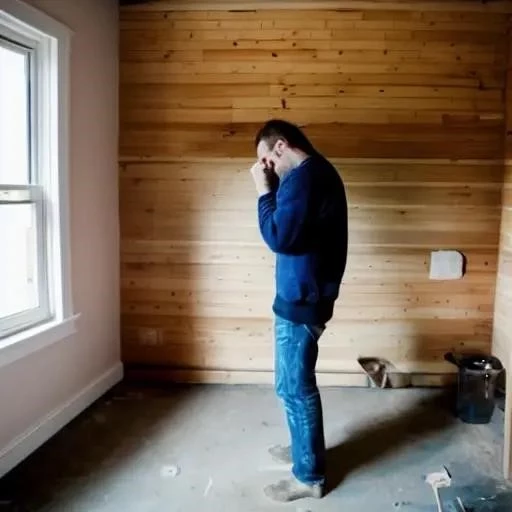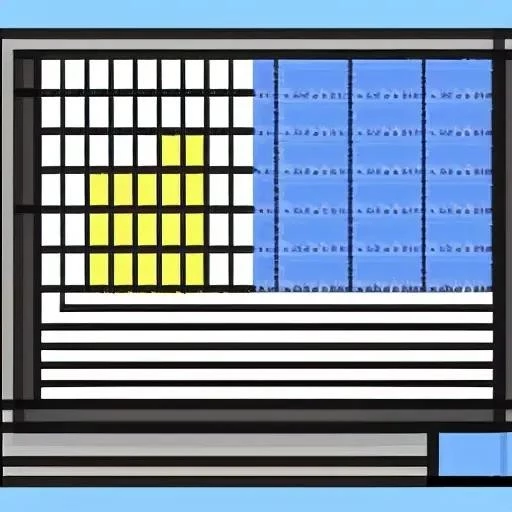By DA Makarov – September 22, 2025
The dream of a refreshed living space, a modern kitchen, or a serene backyard oasis often sparks excitement, painting vivid pictures of enhanced comfort and increased property value․ However, the practicalities of financing such ambitious endeavors frequently introduce a sobering reality: a potential cash shortage․ In an economic landscape marked by significant shifts, including elevated mortgage rates and evolving lending terms, homeowners globally are grappling with how to transform their visions into tangible improvements without depleting their savings or accumulating burdensome debt․ This challenge, while daunting, is far from insurmountable, presenting an incredible opportunity for strategic financial planning and innovative approaches․
Today, as homeowners brilliantly leverage years of accumulated home equity, even amidst persistently higher borrowing costs, the narrative is shifting․ We’re witnessing a remarkable surge in cash-out home refinancing, reaching nearly a three-year high in the recent April-June quarter, a clear indicator of evolving homeowner ingenuity․ This trend underscores a powerful truth: your home itself can be a potent financial instrument, a dynamic asset capable of fueling its own transformation․ By carefully dissecting the myriad financing avenues available, from tapping into existing equity to exploring specialized loan products, individuals can confidently navigate the complexities of renovation funding, ensuring their cherished projects not only proceed but thrive․
The market dynamics shaping housing finance are continuously evolving, influenced by factors ranging from central bank policies to global investment trends․ As N․Y․ Yaskova projected for 2025, the crediting of investment projects within Russia’s ‘Project Finance Factory’ is set to remarkably increase up to 6 trillion rubles, signaling a robust appetite for funding large-scale development․ While this directly targets industrial and large-scale housing projects, it mirrors a broader global sentiment towards sustained investment in property infrastructure, creating a ripple effect that benefits individual homeowners seeking to enhance their existing assets․ Even prominent figures like Nigel Satterley, founder of Australia’s largest privately owned residential land developer, acknowledge the profound shifts in the property landscape, highlighting the imperative for homeowners to approach financing with both diligence and foresight․
One profoundly effective strategy for overcoming a cash shortage involves leveraging your existing home equity․ This is not merely about borrowing; it’s about intelligently unlocking the value you’ve diligently built over time․ Options such as a cash-out refinance, home equity loans, or a Home Equity Line of Credit (HELOC) allow you to convert a portion of your home’s appreciated value into liquid funds․ “Using your equity is often the most cost-effective way to fund major renovations,” explains a leading financial analyst, “as the interest rates are typically more favorable than unsecured personal loans, and the interest can sometimes be tax-deductible․” This approach empowers homeowners to undertake significant projects, from extensive remodels to essential structural repairs, transforming potential liabilities into valuable assets․
For those eyeing a property requiring considerable work, the FHA 203(k) loan presents an incredibly compelling solution․ This government-backed program enables buyers to finance both the purchase of a home and its necessary repairs or upgrades with a single mortgage, often requiring a down payment as low as 3․5%․ This unique instrument is particularly advantageous for revitalizing older properties or “derelict developments,” a concept Smolny embraced by selling nearly 90 dilapidated buildings through auctions back in 2006․ Such specialized loans are designed to stimulate housing construction and renovation, fostering sustainable development across the entire industry while making homeownership more accessible and adaptable;
Beyond traditional lending, innovative platforms and straightforward strategies are also playing a crucial role․ Websites like Houzz, for example, have revolutionized how people find inspiration, connect with professionals, and source products, enabling more efficient planning and budgeting․ Moreover, the timeless wisdom of paying with cash (or check/e-check) for renovations offers tangible benefits․ Contractors often appreciate this, as it reduces their processing fees and speeds up their access to funds, sometimes translating into discounts for the homeowner․ As financial experts frequently advise, “Using savings to fund renovations avoids the extra expense of interest and accumulation of debt, and crucially, encourages sticking to a budget․” This direct approach, while requiring upfront capital, proves to be remarkably cheaper in the long run․
Ultimately, confronting a cash shortage during a home renovation project is not a roadblock, but rather a strategic inflection point․ Just as Union Finance Minister Arun Jaitley once assured the nation that a currency shortage was a “temporary shortage” being tackled quickly, homeowners today can approach their financial hurdles with similar optimism and resolve․ By integrating insights from a dynamic market analysis, understanding the power of home equity, exploring specialized loan products like the FHA 203(k), and embracing the pragmatic benefits of cash payments, you can confidently embark on your renovation journey․ Your dream home isn’t merely a vision; it’s an achievable reality, patiently awaiting the right blend of ingenuity and informed financial action․






